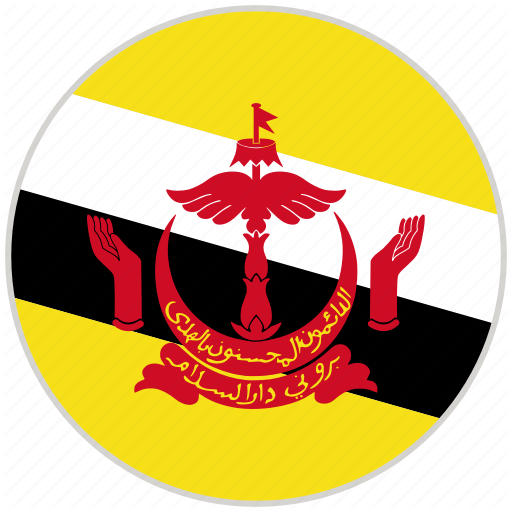Crisis Management in the ASEAN + 3 Countries
Migration: In Search for Proper Management
Introduction
A crisis is “specific, unexpected and non-routine events or series of events that create high levels of uncertainty or threat or perceived threat to an organisation’s high priority goals”.[1] For ASEAN (and + Three), the “high priority goals” are to create “an organisation that would help bring about a Southeast Asian region of peace, freedom and prosperity for our peoples”.[2] This reflects ASEAN’s “desire and collective will to live in a region of lasting peace, security and stability, sustained economic growth, shared prosperity and social progress, as well as promote ASEAN interests, ideals and aspirations”.[3] However, within ASEAN, there exist a number of “crises” and mini-crises” which arise from “highly complex circumstances”. Such crises tend to take place in a political space, where the level of states’ preparedness and responses are crucial. Many of these situations may be “intense, deadlocked, and extremely difficult to resolve” such as man-made and natural disasters, disputes over the South China Sea, mixed and forced migration, various health risks, etc. Some attract the attention of the international community such as the case of irregular movement in the Andaman Sea but, often times, interest has faded away until the crisis re-emerged. Such crises do not just affect neighbouring countries or regions, but they could become threats to the very purposes of the region and its dialogue partners themselves. Crisis management is the procedure through which states and organizations interact in striving to effectively react to an emergency that threatens the safety and well-being of the people.[4] Without proper management, the crises mentioned earlier will definitely hinder the “high priority goals” which are peace, security, prosperity and the social progress of ASEAN and beyond.
For the full text of the report, click here.
















.png)



.png)




